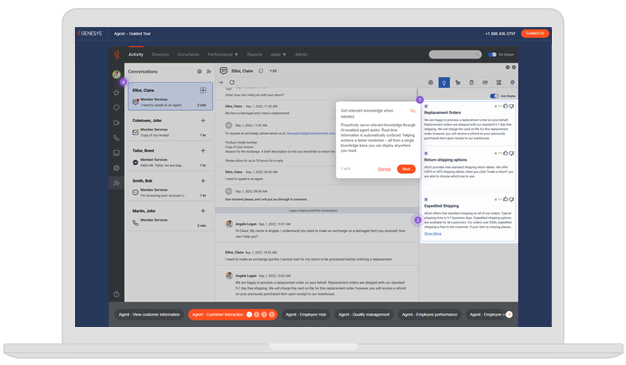Growth and acquisitions create silos
Lenovo Group Ltd. is a Chinese multinational technology company with headquarters in Beijing and Morrisville, North Carolina. They design, develop, manufacture and sell personal computers, tablets, smartphones, workstations, servers, electronic storage devices, IT management software and smart TVs. Lenovo is the world’s largest personal computer vendor by unit sales, with annual sales revenue that exceeds $43 billion.
In 2005, Lenovo made several acquisitions, including the IBM personal computer business, Intel-based server business and Motorola mobile phone handset business. They also set up joint ventures to provide network-attached storage solutions. But with massive product lines and extensive geographic coverage, Lenovo needed to integrate different operation platforms, break down silos and build a unified customer experience to support their business transformation and become the icon of the IT industry.
Omnichannel unifies systems to create an exceptional customer experience
Lenovo operates customer service centers in over 40 countries and in more than 40 languages; their 6,000 agents serve both consumers and business users. The customer experience service supports online shopping, product consulting, order processing and payment checking, as well as various hotlines for post-sale services.
In 2007, Lenovo equipped their global call centers with the Genesys Voice Platform, which integrates TDM with Genesys T-server. In 2014, they upgraded their legacy systems throughout Asia, Europe, North America and South America to Genesys SIP solutions. And, in 2017, Lenovo implemented Genesys solutions to integrate mobile apps and web chat with mobile callback capabilities throughout their facilities in China.
When customers browse the Lenovo service web page to contact an agent to report a problem with their PC, they can click to make a web call. If the line is busy, they can schedule a call back in 15 minutes. This feature improves customer experience and saves costs.





